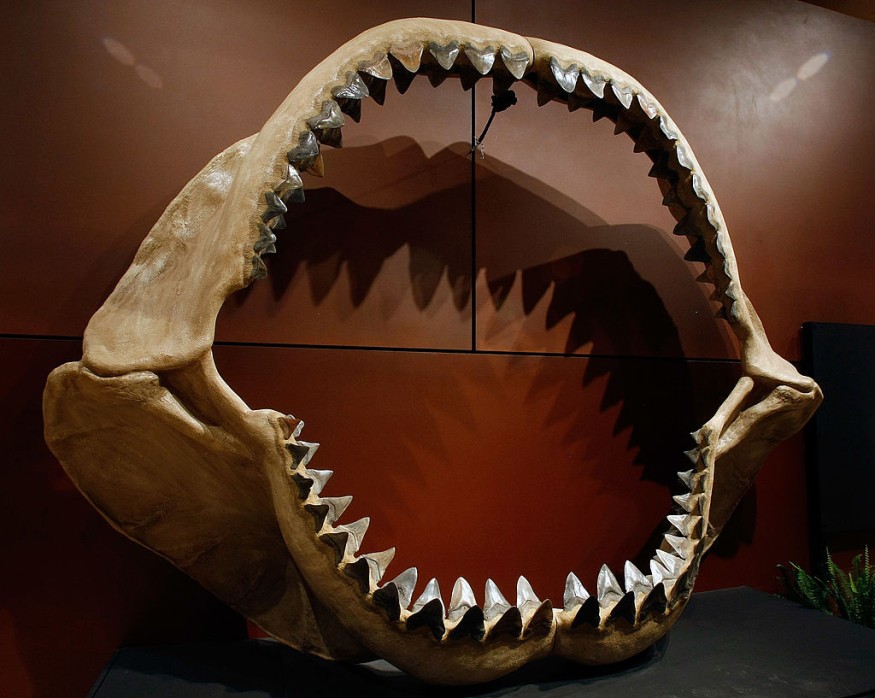
"Megalodon", the word alone inspires awe. A huge predator capable of devouring a person completely, that previously roamed the world's waters. Quite a monster - known mostly from dentition and vertebral column that withstood the 3.6 million years since it stopped breeding - was also undoubtedly powerful and dangerous.
The Megalodon's Extinction
It was among the world's biggest meat eaters to have ever survived... but somehow, there is one wild animal currently alive whose own presence might also have helped bring the fearsome megalodon to its extinction: the great white shark, according to ScienceAlert.
New analysis discovered that the two creatures coexisted, implying that the great white shark may well have performed a substantial part in the megalodon's extinction merely by inhabiting the identical environmental position - existing in the comparable environments and devouring the exact prey.
Nevertheless, recent research which is posted under the journal of Nature Communications which also employed a various parameter - zinc isotope concentrations in the creatures' teeth - also reached the similar conclusion. This adds to the proof that great white sharks had a role in the megalodon's demise.
In his interview group coached by geophysicist Jeremy McCormack of the Max Planck Institute for Evolutionary Anthropology in Germany asserts that studies show that nutritional zinc signals are maintained in historical shark molar enameloid across profound historical period and are durable keepers of every genus' primary producer.
Particularly, Initial Pliocene sympatric C. carcharias and O. megalodon seems to possess inhabited a comparable mean trophic level, holding indications to the demise of the giant Neogene megatooth monster.
In the instance of megalodons and great white sharks, scientists don't fully understand what they consumed. However, investigations of zinc isotope ratios in antiquity, natural history cetacean remains reveal that the greater an organism's structural role - the role it maintains in the aquatic food chain - the lower the ratios of the zinc isotope ratios.
Great White Sharks and Megalodon Sharks
Unfortunately, minimal research has been conducted on non-mammalian sea creatures, which McCormack and his colleagues aimed to fill.
As Science News reports, experts built a dataset of zinc isotopic composition discovered in the teeth of 20 extant predatory fish, such as several that live in aquariums. They also acquired isotopic composition from 13 ancient creatures, namely megalodon. This knowledge enabled researchers to identify the trophic level of every creature.
Investigators subsequently matched megalodon molars to great white shark dentition, and this is where things turn fascinating. The different varieties interacted, albeit not smoothly, throughout the earliest Pliocene, an age that spanned from 5.33 million to 2.58 million years earlier. Their zinc isotope ratios indicate that they were at the equal trophic level, fighting for materials.
Megalodon went extinct approximately 3.6 million years before, in the midst of the Pliocene, after living for 23 million years. It's unclear that great white sharks were the sole reason of megalodon decrease, although the relatively small subspecies might have contributed. Additional researches of these prehistoric sharks' massive dentition may give additional information on how they existed and left ages ago.
Conversely, if you're concerned regarding a shark so ravenous that it may potentially wipe out even the megalodon, go make friends with an orca.
Related article : Scientists Puzzled by Mysterious and Extinct Creature as It may be One of Our Ancient Ancestors
© 2025 NatureWorldNews.com All rights reserved. Do not reproduce without permission.





